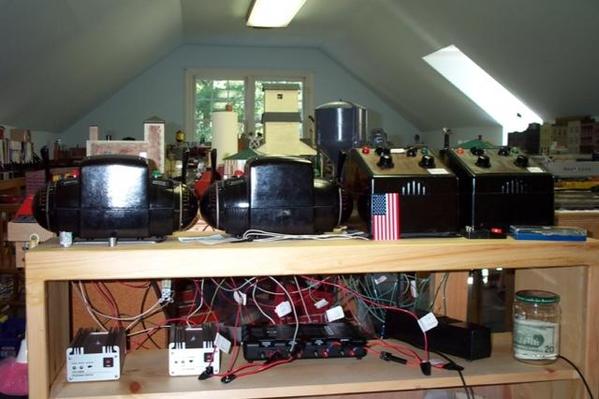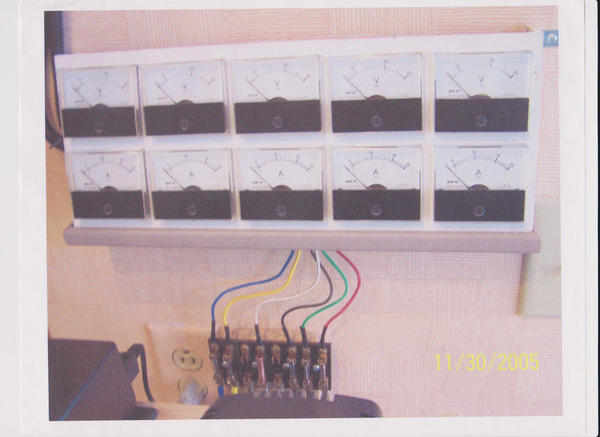I visited with Marty Fitzhenry and Dotty Perry this past weekend, and we spoke at length about running modern trains with old transformers, and in doing so, the need for fast-acting external circuit protection. Having searched for fast-acting breakers and come up with nothing, I opted for fuses.
Today, a fuse did its job. While running my PS2 Dreyfuss Hudson at slow speed, the screw on the underside of the pilot truck just barely grazed the center rail. In a split second, the 10a fuse blew and power was cut off, protecting the goods. Whether or not that short circuit would've fried the electronics in that loco, that's something I wouldn't want to find out the hard way. Better safe than sorry. I do plan to upgrade to Z4000s, but for the short term the fuses look like they'll do the trick. And, in the case of my Hudson, a small strip of electrical tape on the pilot truck as well.
John








